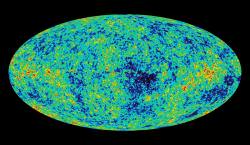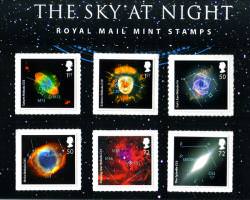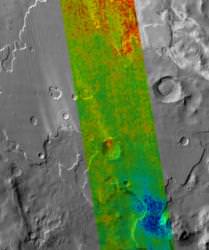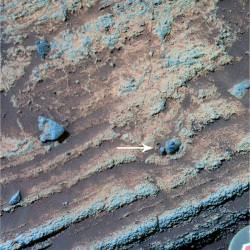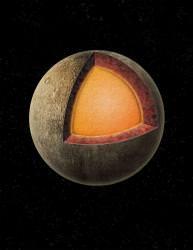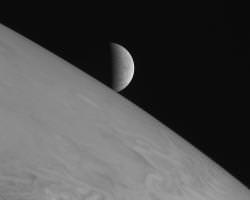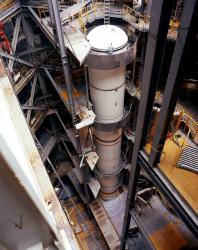A team of astronomers has discovered that tiny Mercury has a molten core, just like our own planet. The discovery was made using three ground-based radio observatories that bounced radio waves off the planet, and then analyzed the return signals.
Before this research, scientists were divided about the structure of Mercury. Most models predicted that it has an iron-rich core, but it wasn’t known if it had completely cooled, or was still liquid inside. Trace quantities of sulfur and other chemicals could have mixed in with the planet while it was forming, and this kept it from completely solidifying over time.
The astronomers first beamed a series of radio waves at the surface of Mercury, and then measured them as they bounced off the surface and returned to Earth. The returned signals were analyzed by a trio of radio telescopes: the Arecibo Observatory in Puerto Rico, NSF’s Robert C. Byrd Green Bank Telescope, and the NASA/JPL 70-meter antenna at Goldstone, California.
They were able to detect a wobbling of the signal that was double what you would expect from a planet with a solid core, but exactly the right amount for a planet with a liquid core.
Their research is the cover story of the May 4, 2007 edition of the Journal Science.
Original Source: NSF News Release

